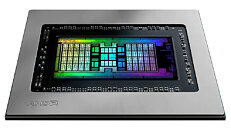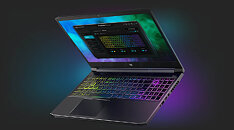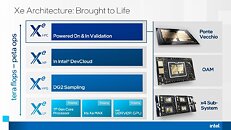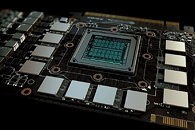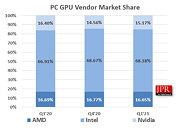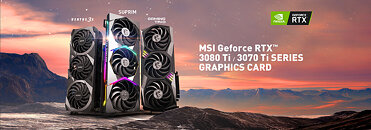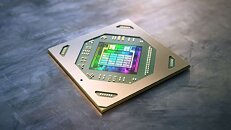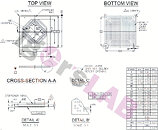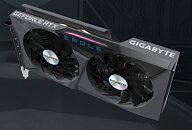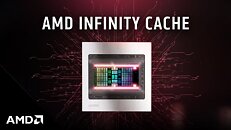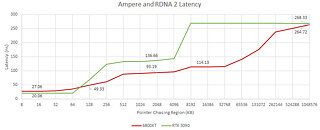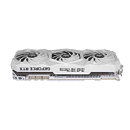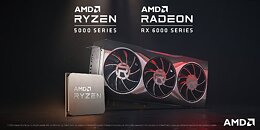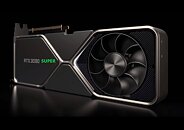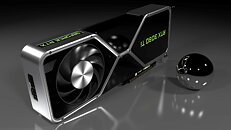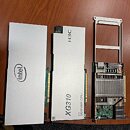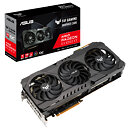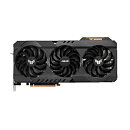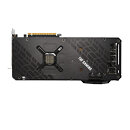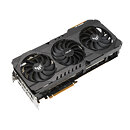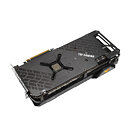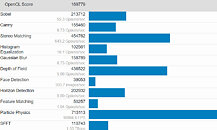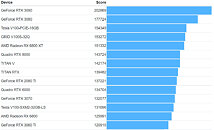Jon Peddie Research: GPU Shipments Soar in Q2 Year-over-Year
Jon Peddie Research reports the growth of the global PC-based Graphics Processor Units (GPU) market reached 123 million units in Q2'21 and PC CPU shipments increased by 42% year-over-year. Overall, the installed base of GPUs will grow at a compound annual growth rate of 3.5% during 2020-2025 to reach a total of 3,318 million units at the end of the forecast period. Over the next five years, the penetration of discrete GPUs (dGPU) in the PC will grow to reach a level of 25%.
AMD's overall market share percentage from last quarter decreased by -0.2%, Intel's market share increased 0.1%, and Nvidia's market share increased 0.06%, as indicated in the following chart. Overall GPU unit shipments increased by 3.4% from last quarter, AMD shipments increased 2.3%, Intel's shipments rose 3.6%, and Nvidia's shipments increased 3.8%.
AMD's overall market share percentage from last quarter decreased by -0.2%, Intel's market share increased 0.1%, and Nvidia's market share increased 0.06%, as indicated in the following chart. Overall GPU unit shipments increased by 3.4% from last quarter, AMD shipments increased 2.3%, Intel's shipments rose 3.6%, and Nvidia's shipments increased 3.8%.




